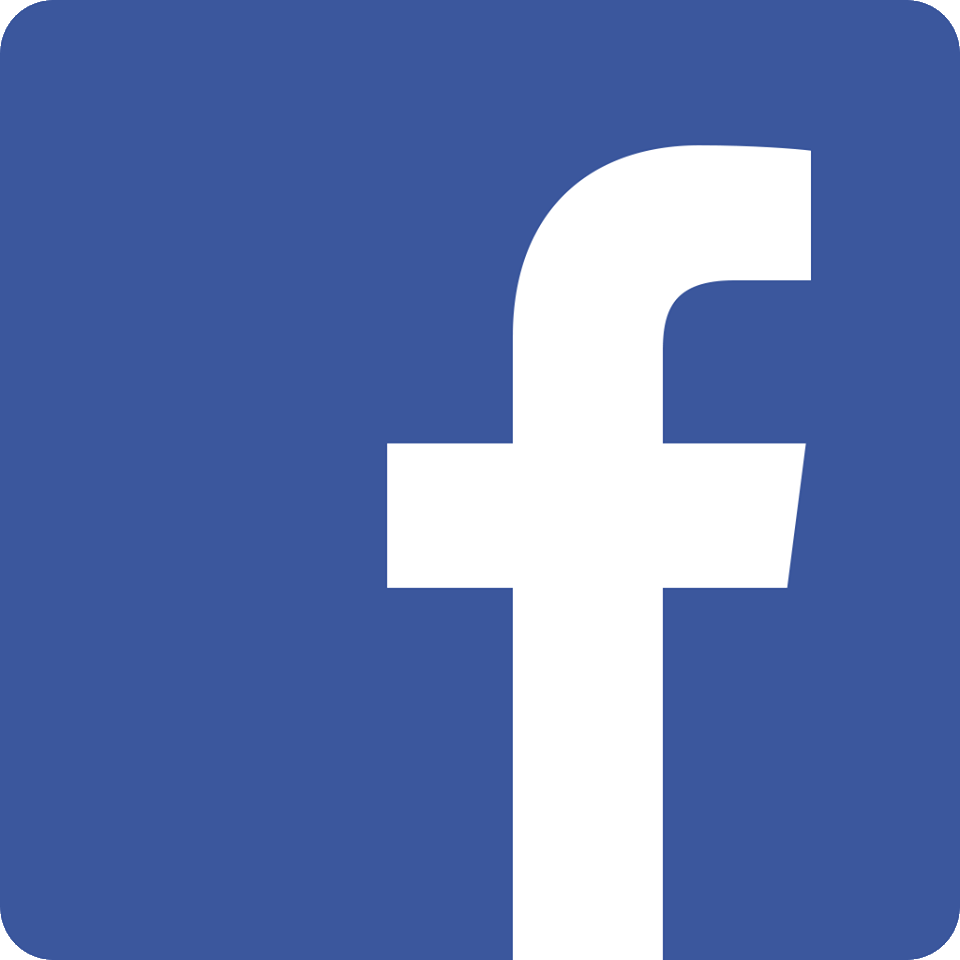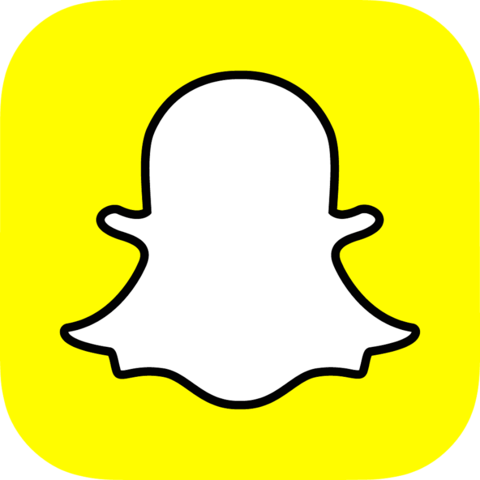Social Media Cannibalism
The death of unique networking platforms
Nicole Hopkins - 18 November 2021 - WRIT 371


TikTok

Snapchat


Introduction
Social media is arguably one of the most influential, prevalent, persuading media in the world. There's a pervasiveness to it, with so much of life moving to the digital world; exhibit A is this project, which is the final "essay" in a writing course and is taking shape (for me and many of my classmates) online. In an academic realm, my usage of the internet is governed by certain inescapable principles: present information both professionally and comprehensively, formulate content intentionally before putting it forth for consideration, and perhaps most importantly, always craft original work. These principles are oddly absent when viewing social media en masse, which is and always will be more far-reaching than whatever projects and papers I create in college.
Click me!
This project is influenced by and builds upon the ePoster I created earlier in WRIT 371. In it, I began to explore the scope of what I had already begun to see in my own usage of social media: platforms "borrowing" popular features from each other in an attempt to monopolize usage and interaction. I have named this phenomenon Social Media Cannibalism. One of the biggest problems I encountered during my work on the poster was a lack of data and information about social media cannibalism. Though there is a plethora of information on social media and how it impacts people, there is not a large focus on the platforms themselves or how the way they are set up affects their user base. In this exercise in digital literacy, I hope to explore two questions: How is the consistent amalgamation of social media impacting social media use; and, Why is there so little research on this phenomenon? Though I put forth these questions in this order, I’ll tackle the lack of research first.
Existing Research
It's true that there is plenty of research on social media and its effects on users. This includes main reasons for usage, functionalities, impacts, and a plethora of exploration into the negative effects of social media usage. The American Psychological Association cites identity exploration as a crucial use of social media networks for teenagers (Allen, 2019), and a study on the social media usage and multitasking of university students found that these behaviors negatively impact university students (Lau, 2017). Social media functions and uses have been scrutinized, boiled down in a study to seven main features or functionalities (see figure 1): sharing, presence, conversations, identity, relationships, groups, and reputation (Kietzmann et al., 2011). And these functions have led to research on how different types of social media activity can be a detriment to users, promoting constant consumption, bite-sized content, and triviality in the long run. (Baccarella, Wagner, Kietzmann & McCarthy, 2018).
Figure 1 (Kietzmann et al., 2011)
Figure 2 (broadbandsearch.net)
From a business standpoint, social media is the perfect marketing scheme. Usage is only continuing to rise (figure 2), and for many reasons. It has been found that social media businesses create their sites with intention and features that cause social media addiction, which is a new phenomenon with complex ethical implications (Bhargava & Velasquez, 2021). The borrowing or “cannibalism” of other platforms’ features is just one way to monopolize interest and generate an inclination for social media addiction, tearing down the originality and difference that platforms used to proffer (Pardes, 2020). This addiction has been found to mirror more common and recognized addictions such as drug addiction: users develop salience, with social media becoming more and more influential in their lives. This in turn creates mood modification, where social media plays the same role as any other addiction and gives the user a sort of “high” that they attempt to recreate with more use; eventually, they build up a tolerance and must consume more. Users who are addicted to social media often experience withdrawal that leads to conflict and often to relapse. This is an incredibly damaging cycle, and not one that is necessary -- social media would still perform the same functions without the addictive mechanisms that have been built into it to garner user interest (Bhargava & Velasquez, 2021).
Though a lot of this does not exactly touch on social media cannibalism, there is a lot of overlap between existing research and the phenomenon and effects of emerging copycatting of social media features. It’s clear that a main focus of social media is identity exploration, and so much of the rhetoric around identity is a central idea of uniqueness and celebrating difference. Social media has contradicted this for years, with influencers and trends trading in difference for the next big thing. Now, it is contradicting it even more by morphing once unique sites with particular uses to uniform platforms with strikingly smaller differences every year. Studies like the one conducted by Lau in 2017 explore the negative impacts of social media and efficient, ethical ways to study both these issues and the populations they affect.
Laying out the functions of social media creates a framework for analysis on the overlap of these features across platforms, and examining social media sites from a business perspective adds information about marketing tactics -- including addictive mechanisms built into these sites. There is a clear parallel to be drawn between social media networks adopting addictive mechanisms to monopolize interest and competing platforms picking up some of these mechanisms to wrest back the power. The observation that social media addiction mirrors addictions like drug and alcohol abuse only serves to drive home the point that social media cannibalism is not only annoying and unoriginal, but it is also incredibly damaging to the user base that engages with these platforms.
Filling in the Gaps
The task of filling in gaps in research on social media is by no means a new one. As we become increasingly invested in and engaged with social media, study upon study is done on the implications of this reliance. This is fortunate for my inquiry, since there is also a large amount of information on how to collect data on social media and how to look at said data once it is assembled. Important questions include how much data one might expect to collect, how to parse through it for the important or relevant pieces, and consideration of the format and whether or not the researcher will need to structure the data to find useful information (Stieglitz et al., 2018). Of course, I don’t quite have the scope or the funding to conduct comprehensive studies, and my own research will be based upon my own observations. I, like researchers before me, understand the lack of longitudinal studies on social media about user interaction with different functionalities (Weller, 2016), and that this is in part because social media is so young in the grand scheme of things -- Facebook, for example, is still in its teen years (Allen, 2019). Because of its youth, research has yet to examine the full scope and impact of social media and its many different facets -- like, for example, business ethics surrounding the usage of additive social media features that are created by a relatively small pool of people but are accessed by a huge pool of users (Bhargava & Velasquez, 2021).
Of course, it’s easy to say that social media is in and of itself bad because of all of the negative impacts that have been explored. However, this idea ignores the grey area of networking sites; like many technological inventions, there is not really a binary good and bad (Baccarella et al., 2018). Looking into the issue of platforms yanking features from each other is a perfect example of this. On the one hand, marketing includes a large amount of research into what consumers like and employing those findings into making a more user-friendly experience. It can be argued that social media cannibalism is just another example of marketers trying to cater to users. But the invention of new platforms at the emergence of social media served to give people new platforms to do new things, share new types of media, and interact in new and interesting ways. Facebook was originally a college-based platform to connect students, Twitter started as (and has primarily remained) a short message service, and YouTube was the original video sharing platform. Each platform, as they were created, served a different purpose.
However, before the cannibalism of different features became apparent, another phenomenon became mainstream: cross-posted content cropping up on different sites, rather than original content remaining on its original platform (Pardes, 2020). Twitter posts have cropped up on other platforms for years, and, more recently, videos created on TikTok have been reposted on Instagram and Facebook. Aside from issues of content ownership, this shows how connected different social media have become. It seems almost natural that features should begin to be more universal. Here is a look at the features in question, that have been adopted across platforms, sometimes in ways that change and adapt the feature, and sometimes in blatant copies of their original form.
But this isn't the only feature being cannibalized across platforms.
Snapchat launched stories in 2013. This feature allows users to upload content that will disappear after 24 hours, appearing as small circles that automatically slideshow for you as you watch them...
...was picked up in 2016 by Instagram, replacing images of the shared content with account profile pictures but retaining the automatic slideshow...
...and came to Facebook in 2017, with the same setup as Instagram.
Social media has been performing this tug-of-war for the biggest user base since its inception in the early 2000s. This timeline (right) demonstrates just a portion of the advancements and cannibalism that has occurred within the last 20 years. It’s clear at each platform’s creation that new social media sites were created to fill in something missing. Facebook was originally a college networking site to connect students. YouTube was *the* video sharing site, Twitter reigned as a short-form content service, and Instagram was created as predominantly a photo-sharing application. But as these new platforms began to emerge, so did the cannibalism that runs rampant today. And it is not confined to stealing features – some platforms have resorted to buying out competition in order to assimilate it into their platform goals and to secure its user base. Some platforms even rise out of the ashes of old, defunct platforms (see Vine’s short life and TikTok’s rise thereafter).
Innovations that create usability are the most at risk of being cannibalized. Take, for example, the rise of the hashtag. Created on Twitter in 2007 as a way to narrow and brand content as concerning a specific topic or set of topics, this feature was picked up four years later by Instagram, in 2011, and by Facebook two years after that, in 2013 -- by no coincidence a year after Facebook bought Instagram. In the years after the acquisition of Instagram by Facebook, the two platforms become more and more similar, Facebook molding Instagram into a virtual mini-me. This may have been the fate of Snapchat as well, as Facebook made an offer to Snapchat's creators in 2013 that was turned down. But this didn't stop Facebook and Instagram borrowing features from Snapchat, and Snapchat from doing the same right back.
This buying out of companies to take their innovations flat out is the ultimate form of social media cannibalism. From a business perspective (one that I do not have), I'm sure it is a shrewd investment. Why worry about competition when you can just throw billions of dollars at the creators and take it over? Sometimes, the buying out happens before a platform even hits the public, as in the case of Vine, which was purchased as a concept by Twitter and then subsequently launched with Twitter as the parent company. Issues in staffing, creator support, and within Twitter ultimately led to the demise of what was an extremely popular platform in the early 2010s.
At this point, there is not a huge distinction from platform to platform. Common features are photo and video sharing in various forms (ephemeral, on a timeline, in a news feed, both long-form and short-form), private messaging, video and voice calling, hashtags and tagging users, and live streaming. Branding remains fairly distinct, but beyond the design and color schemes, we as a social media user base are essentially cycling through the same features (and sometimes even the same content) on different apps. To be fair, there are certain advantages to the amalgamation of these platforms. Because features are so similar, there is little to no learning curve for users who have one platform and download another. With similar features, it is easy to flip between the platforms without any major discombobulation, since many of them use the same navigation and setup.
Impacts
There seem to be good sides and bad sides of social media cannibalism. It’s clearly a smart marketing move; Instagram Stories have surpassed Snapchat Stories in usage and popularity (Pardes, 2020). But sometimes smart marketing doesn’t have the consumer’s best interests at heart. Three of the most effective mechanisms created to bolster interest -- intermittent variable rewards, social validation design features, and the erosion of natural stopping cues -- contribute to the addictive nature of social media, not a healthy and measured usage (Bhargava & Velasquez, 2021). And the advancement of social media platforms seems to be working inversely against the stagnation of social behavior online; more often than not, it seems that social media is, instead of contributing to society and making us more connected, breaking down social human traits that are essential to healthy socialization (Baccarella et al., 2018). On the one hand, having similar features makes it easier to interact with several social media sites, since there isn’t a huge learning curve across platforms and a sort of shorthand in usage has evolved (Pardes, 2020); but at the same time, the distinct use of individual platforms falls away. It makes sense that businesses want to push each other out of the limelight since people only have limited attention, but it seems that the best way to coexist would be to keep individual features separate. Snapchat excels as a messaging app, and Facebook and Instagram make it simple to keep up with friends and family. TikTok is a fantastic short-form video platform, and YouTube is great for longer videos and more longitudinal content. There’s no reason these platforms can’t stay separate; together, they create a good network of information and ideas that work together. All of the homogenization is instead making for a sort of bland user experience that is not unique from platform to platform -- that I would argue is a detriment to users.
It makes sense that certain applications and sites would share features. Social media at its base is about connecting people, so it's clear to see why each individual site would share features like commenting, private and direct messaging, and other ways of entering conversations with other users. It's hard to argue that these similarities are bad, or that similarities between platforms in general are fully detrimental. From a business sense, if something is working then why wouldn't you try to emulate it? This is seen in businesses that span far from the confines of the internet. The car industry is famous for this game of feature tug-of-war. But, following this vein, isn't Tesla one of the more impressive companies for doing something that hasn't really been done before, or at least not to the scale that Tesla has achieved? Instead of tussling in the dirt over comfort and ease of use, Tesla has risen above the muck to offer society something new and fresh. On social media, people hunger for the next new thing. Trends on TikTok are here one day, gone the next in favor of newer songs and dances. But it's a beautiful example of what makes humanity unique: we always want to create. To an extent, copying trends on apps is seen as flattering to the creator, but eventually the same-old-same-old gets, well, old. Can't the same be said about the platforms where these interactions take place? It's clear that there is no end to human innovation and creativity from the content that is shared en masse on social media. So why are the creators of social media allowing themselves to stagnate, to fall back on other's innovations, to limit themselves to what has already been done? To this humble participant in the internet, it feels tired and lazy, and it lets down the amazing, creative, diverse, unique, and interesting creators that use social media to broadcast their ideas and talents to the world.
References
Allen, S. (2019, September 20). Social media’s growing impact on our lives. American Psychological Association. https://www.apa.org/members/content/social-media-research
Baccarella, C. V., Wagner, T. F., Kietzmann, J. H., & McCarthy, I. P. (2018). Social Media? It's Serious! Understanding the Dark Side of Social Media. European Management Journal, 36(4), 431-38. https://msu-primo.hosted.exlibrisgroup.com/permalink/f/rbfqn8/TN_cdi_elsevier_sciencedirect_doi_10_1016_j_emj_2018_07_002
Bhargava, V. R. & Velasquez, M. (2021). Ethics of the Attention Economy: The Problem of Social Media Addiction. Business Ethics Quarterly 31(3), 321-59. https://msu-primo.hosted.exlibrisgroup.com/permalink/f/rbfqn8/TN_cdi_crossref_primary_10_1017_beq_2020_32
Kietzmann, J. H., Hermkens, K., McCarthy, I. P., Silvestre, B. S. (2011). Social media? Get Serious! Understanding the functional building blocks of social media. Business Horizons 54(3), 241-251. https://www.sciencedirect.com/science/article/pii/S0007681311000061.
Lau, W. W. F. (2017). Effects of Social Media Usage and Social Media Multitasking on the Academic Performance of University Students. Computers in Human Behavior 68, 286-91. https://msu-primo.hosted.exlibrisgroup.com/permalink/f/rbfqn8/TN_cdi_gale_infotracacademiconefile_A477137608
Pardes, A. (2020, November 30). All the Social Media Giants Are Becoming the Same. Wired. https://www.wired.com/story/social-media-giants-look-the-same-tiktok-twitter-instagram/
Stieglitz, S., Mirbabaie, M., Ross, B., & Neuberger, C. (2018). Social Media Analytics – Challenges in Topic Discovery, Data Collection, and Data Preparation. International Journal of Information Management 39, 156-68. https://msu-primo.hosted.exlibrisgroup.com/permalink/f/rbfqn8/TN_cdi_gale_infotracacademiconefile_A555811996
Weller, K. (2016). Trying to Understand Social Media Users and Usage: The Forgotten Features of Social Media Platforms. Online Information Review 40(2), 256-64. https://msu-primo.hosted.exlibrisgroup.com/permalink/f/rbfqn8/TN_cdi_emerald_primary_10_1108_OIR-09-2015-0299